1997 Ferrari 355 F1
Buyer's guide: Ferrari F355
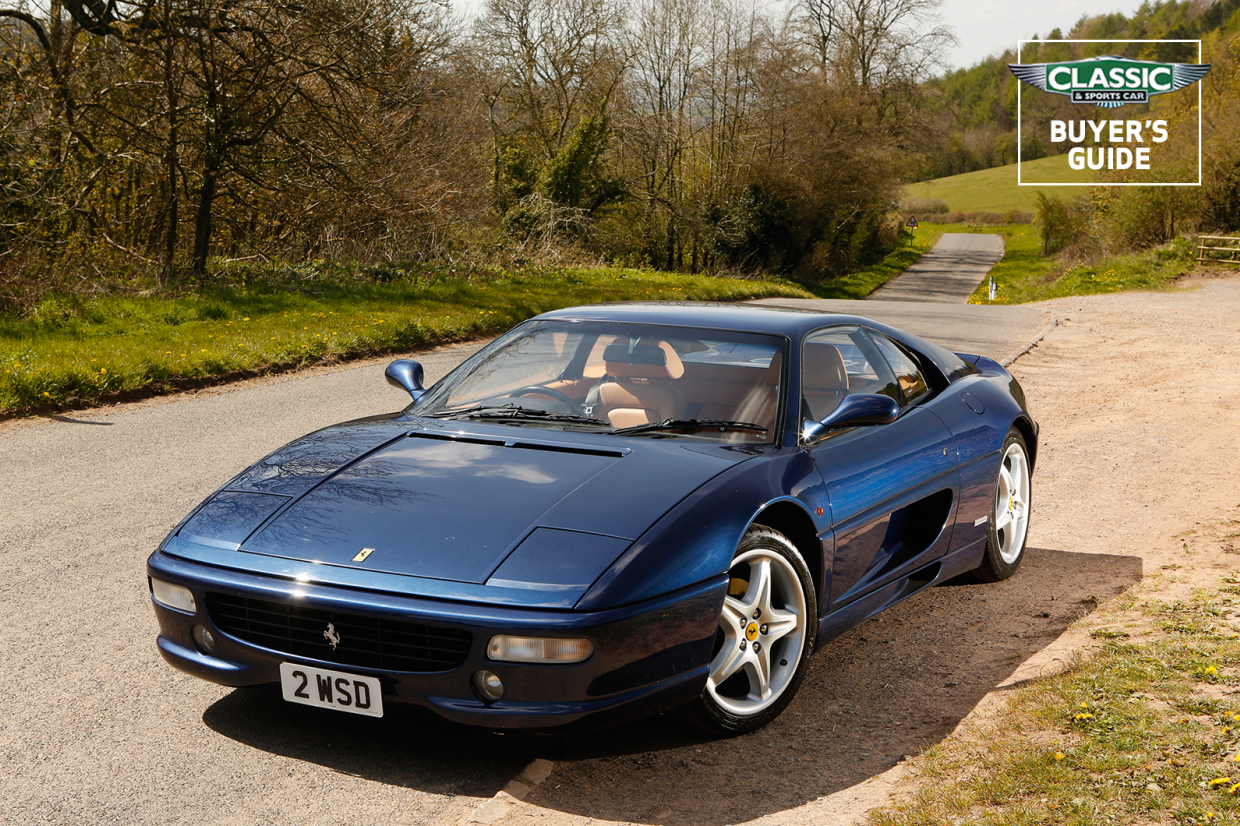
Why you'd want a Ferrari F355
Stung by press reports putting the 348 in the shade of the latest Porsche 911s and Honda's NSX, Ferrari responded decisively with a car that didn't just outshine its rivals: it was quicker than its own V12.
Five-valve heads, dry-sump lubrication and titanium conrods contributed to the highest bhp/litre of any then-current production engine, beating even the McLaren F1 with its 109bhp/litre and a rev limit of 8800rpm.
Having formidably re-established itself at the front, Ferrari added Formula One technology a few years into production, in the form of the F1 semi-automatic paddle shift. It operated on the same six-speed 'box that did such a great job of putting down the power on the manual F355.
It can be trickled around town with ease in a way that previous Ferraris never could, especially in '97-on single-ECU form.
Earlier F355s had twin ECUs and felt coarser, though they were also marginally faster and more responsive.
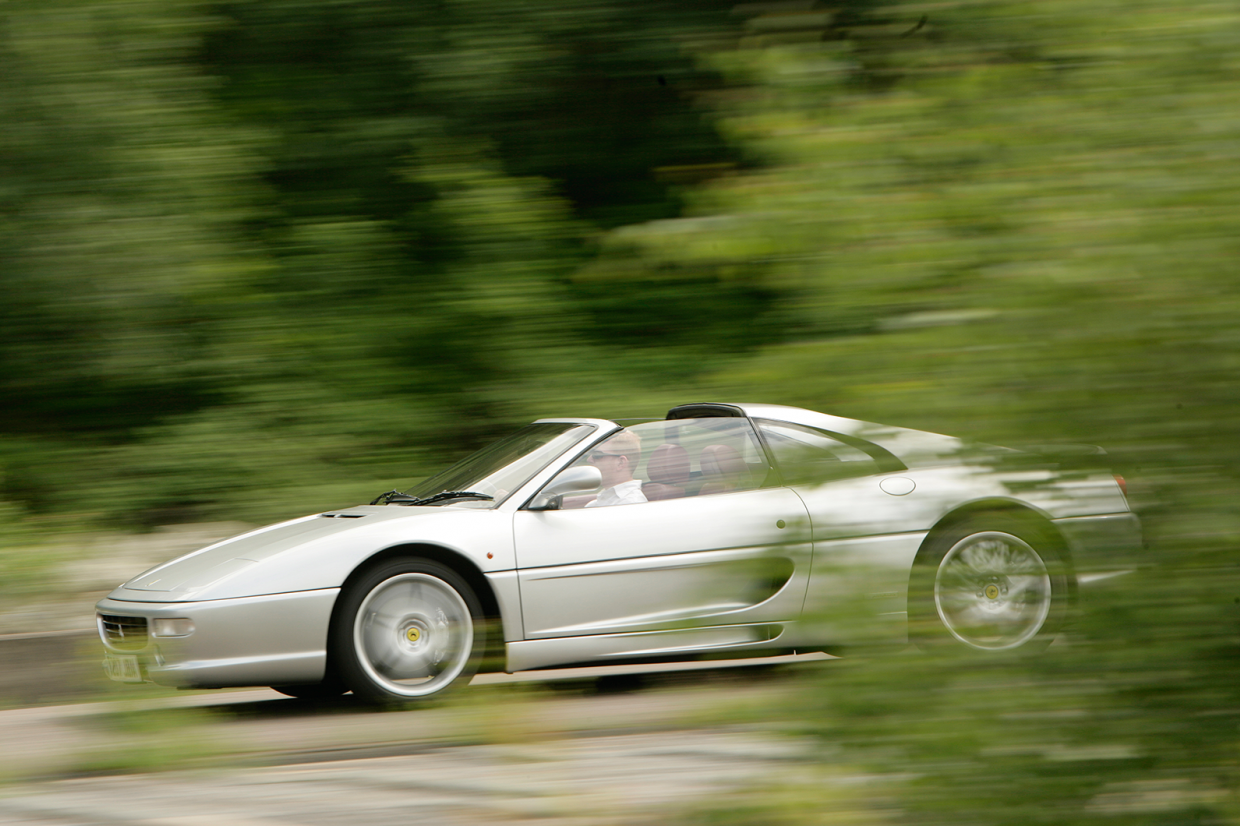
Two open models were offered: the Spider and the targa-like GTS
Find an open road and the car comes alive.
The engine sounds better above 5000rpm and really rockets forward over 6500, necessitating quick reactions to change up before the rev limiter cuts in, fully justifying the F1 gearchange option.
It's also a great car to look at, Pininfarina brilliantly echoing the 308GTB and 288GTO in the styling cues for the aluminium and steel shell.
A highly aerodynamic full-body undertray was designed to equalise downforce between the two axles. In practice, that presents one or two disadvantages when it comes to servicing access and can also trap muck and moisture, promoting rust – definitely an area to inspect carefully.
Despite their relative modernity, these Ferraris are not immune to corrosion. While the structure was better protected than earlier models, Maranello was never going to slake several kilos of rustproofing solution in and on its lightweight bodyshell.
The tubular engine-support cradle is particularly rot prone, needing to be removed and sandblasted before having new sections welded in – clearly not a cheap process because the engine has to come out first.
The motor also officially has to be removed every three years for cambelt replacement (no matter how low the mileage). That's fine for DIY enthusiasts with the right equipment, but costly if you're paying specialists to do it for you.
As prices rise, so do insurance premiums: these are not cheap cars to own but, if that's not a problem, they are immensely rewarding to drive.
Images: Tony Baker
Ferrari F355: what to look for
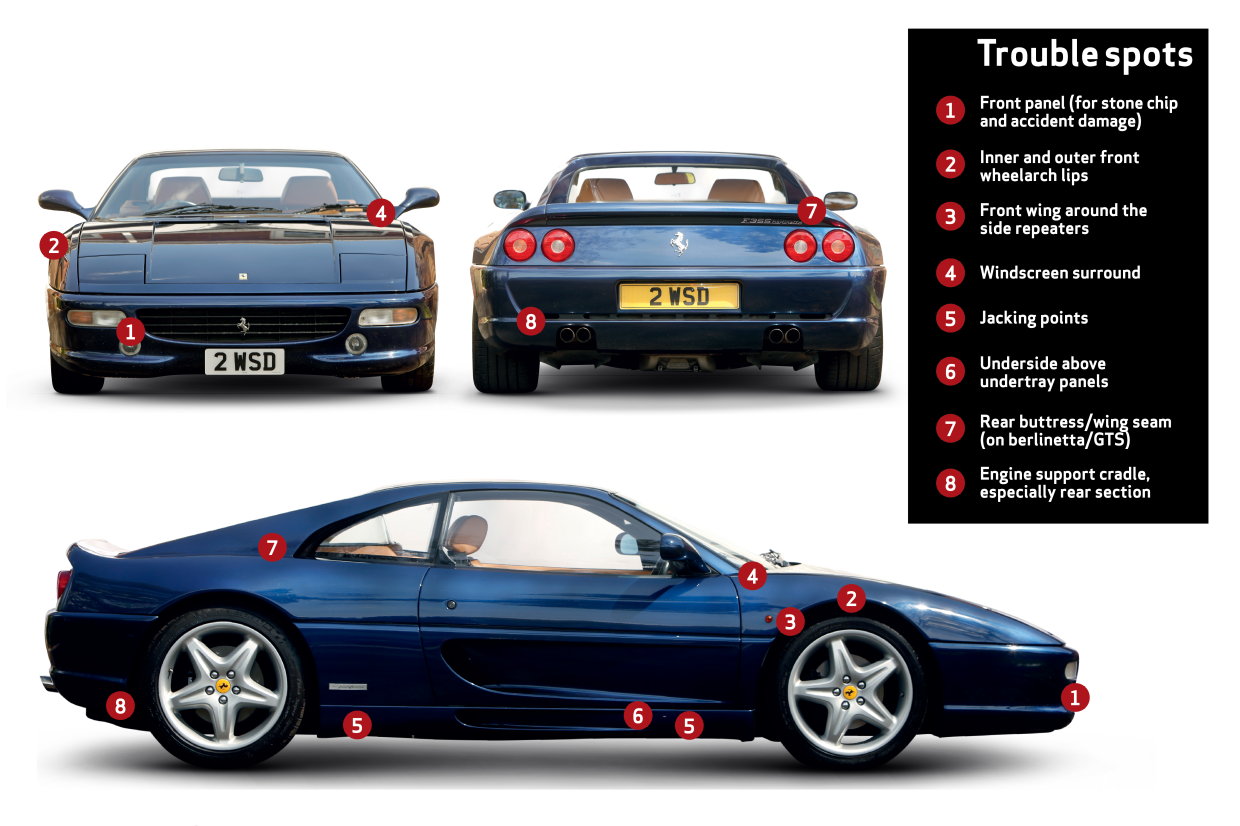
Bodywork
See above for trouble spots.
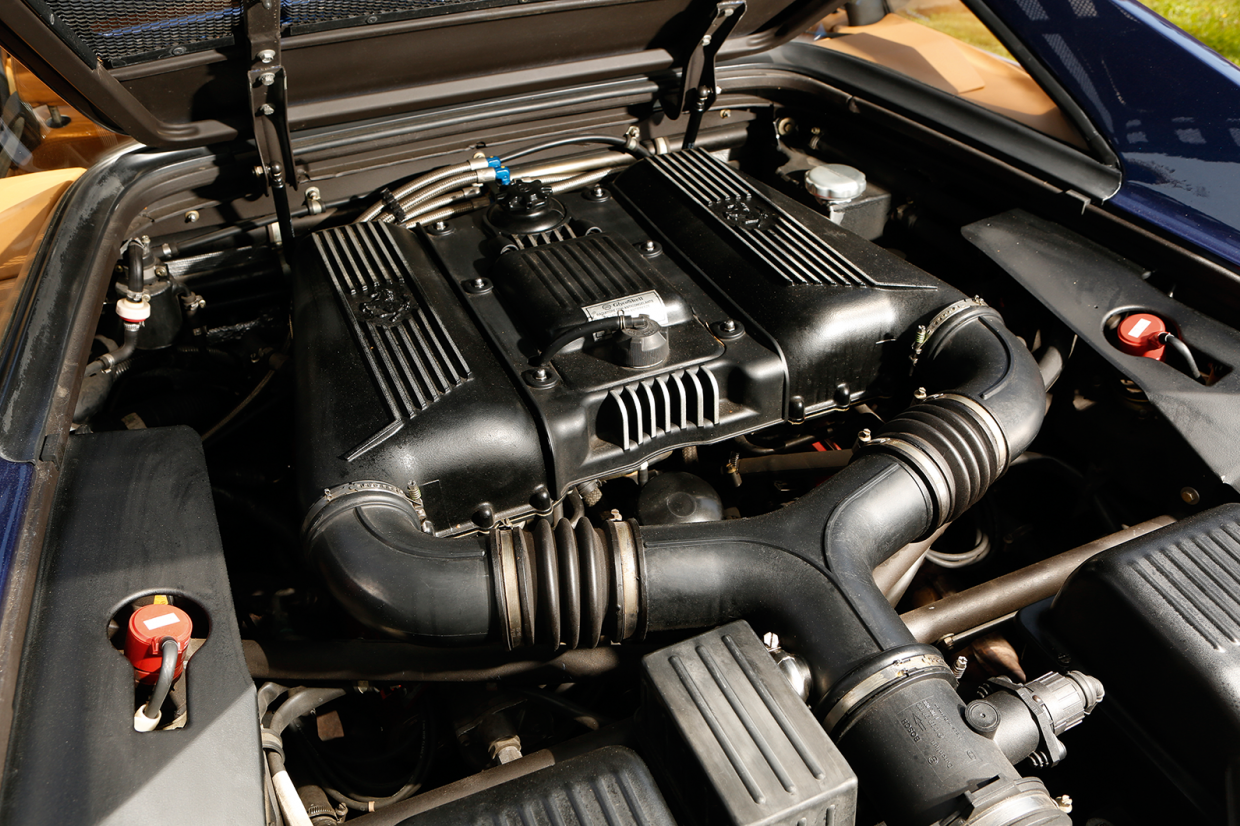
Engine
The high-revving, 40-valve, 380bhp V8 engine is a very sophisticated piece of equipment that requires the highest quality maintenance.
Don't even consider a car without full service history with all of the right work shown, unless the price is much lower than average and you can cope with the almost-inevitable consequences.
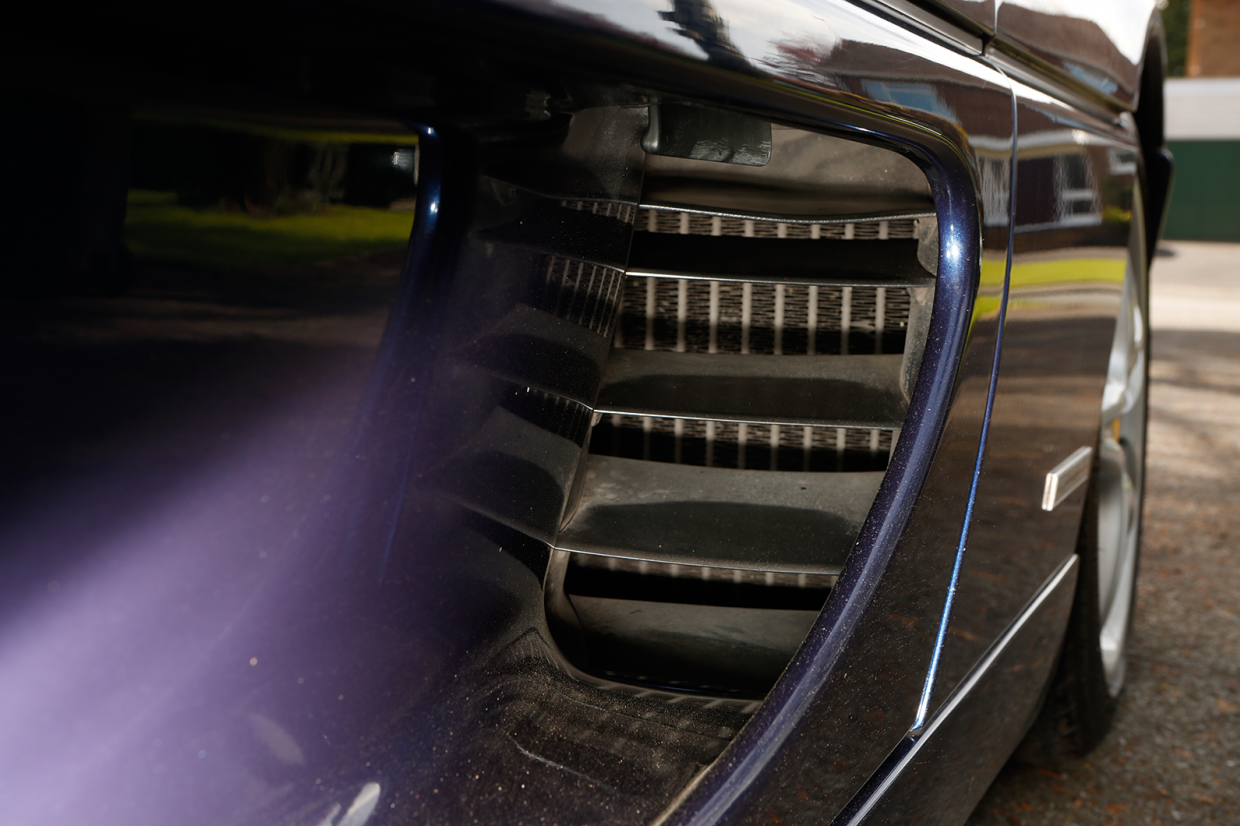
Radiator cores
Check radiator cores on both sides: they can rot out.
The oil cooler is also on the nearside and the air-conditioning heat exchanger is on the offside. See both fans function.
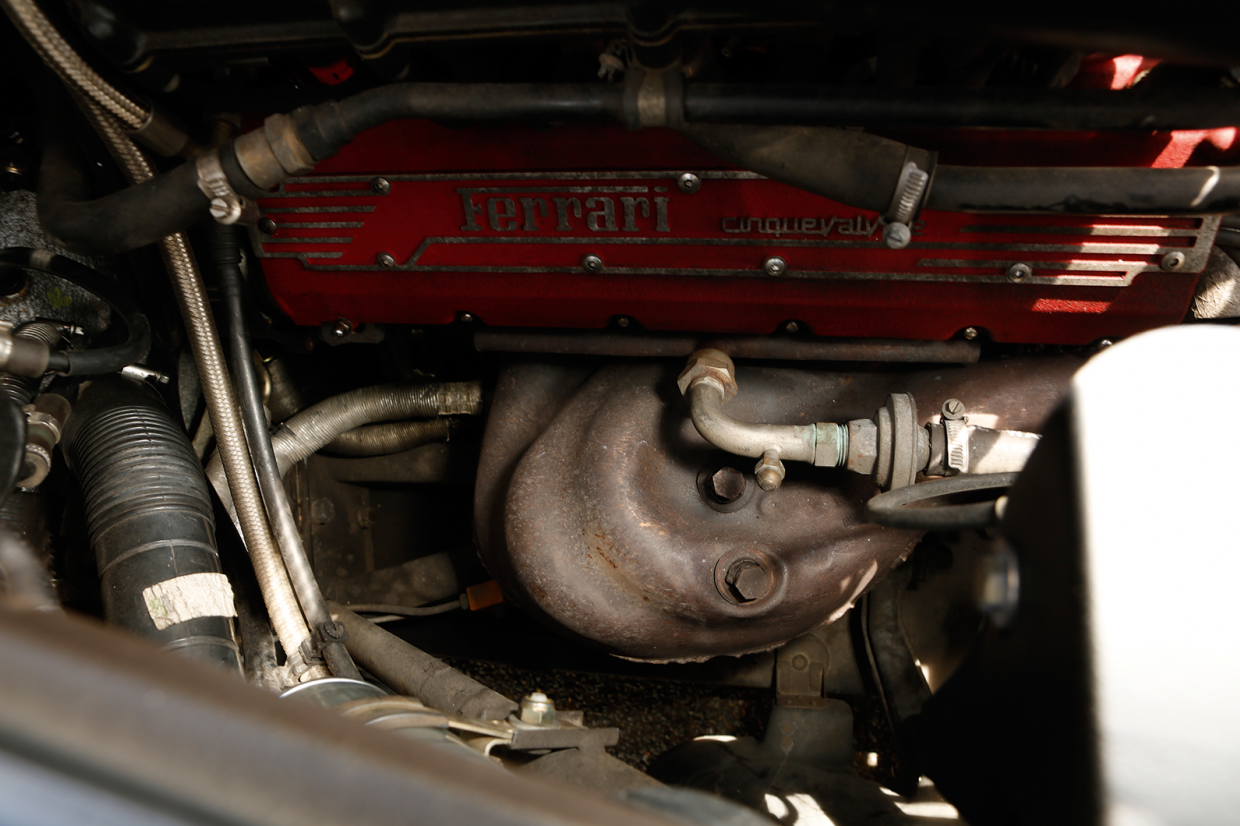
Manifolds
High temperatures can cause splits near air-injection pipes in thin stainless steel of OEM manifolds. Inspect both sides.
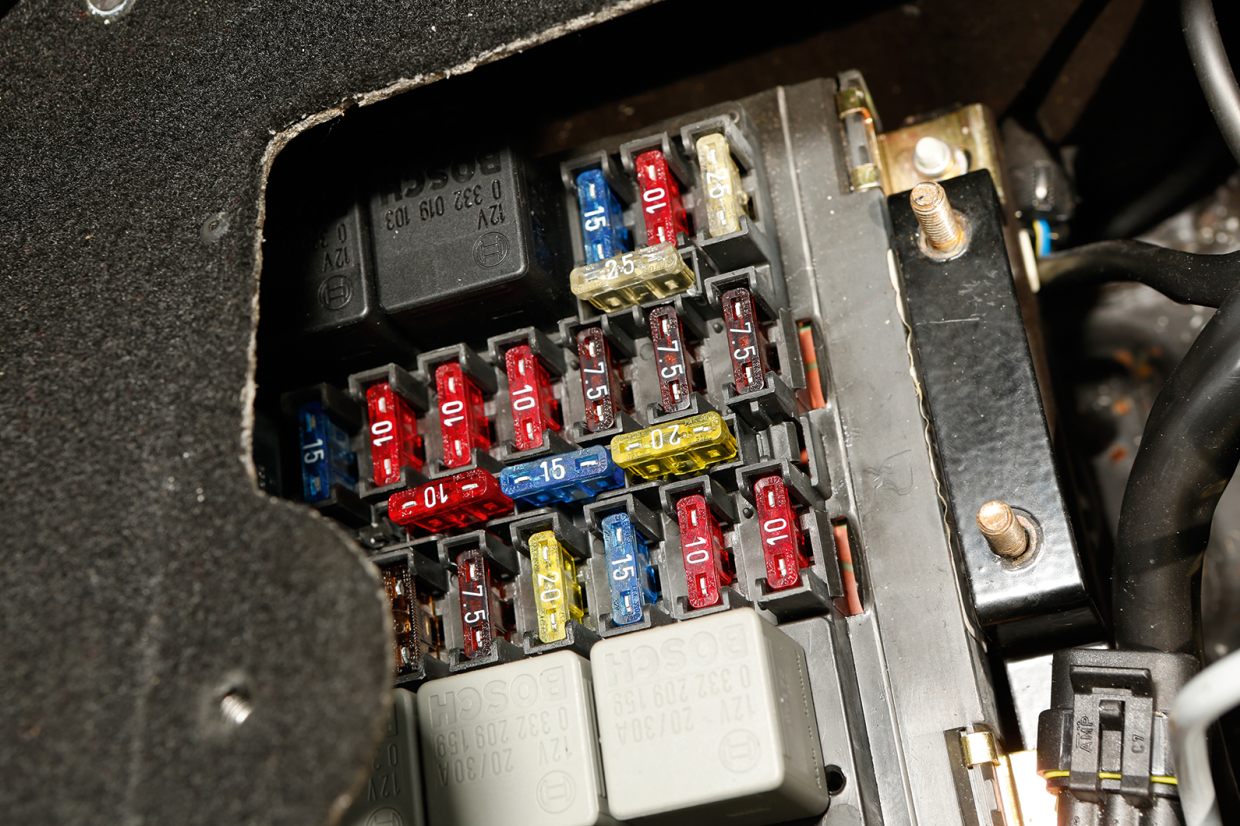
Electrics
Electrical faults are pricey to rectify so work through all of the items, especially heater and air-con functions. Spider roof operation also moves the seats.
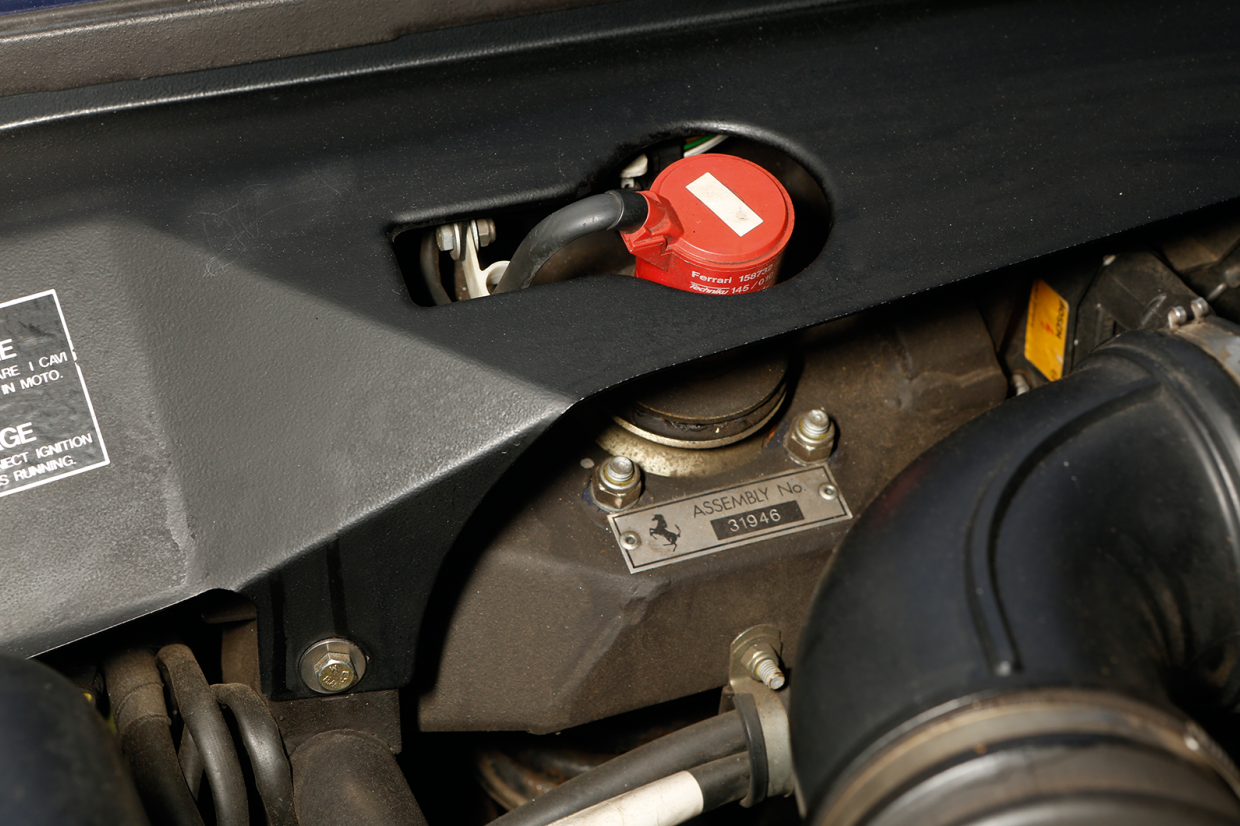
Suspension
If the suspension warning light is on it means gears or motors have failed in the two-setting dampers – fairly inexpensive to fix – but leaks mean replacement, at £1200 each!
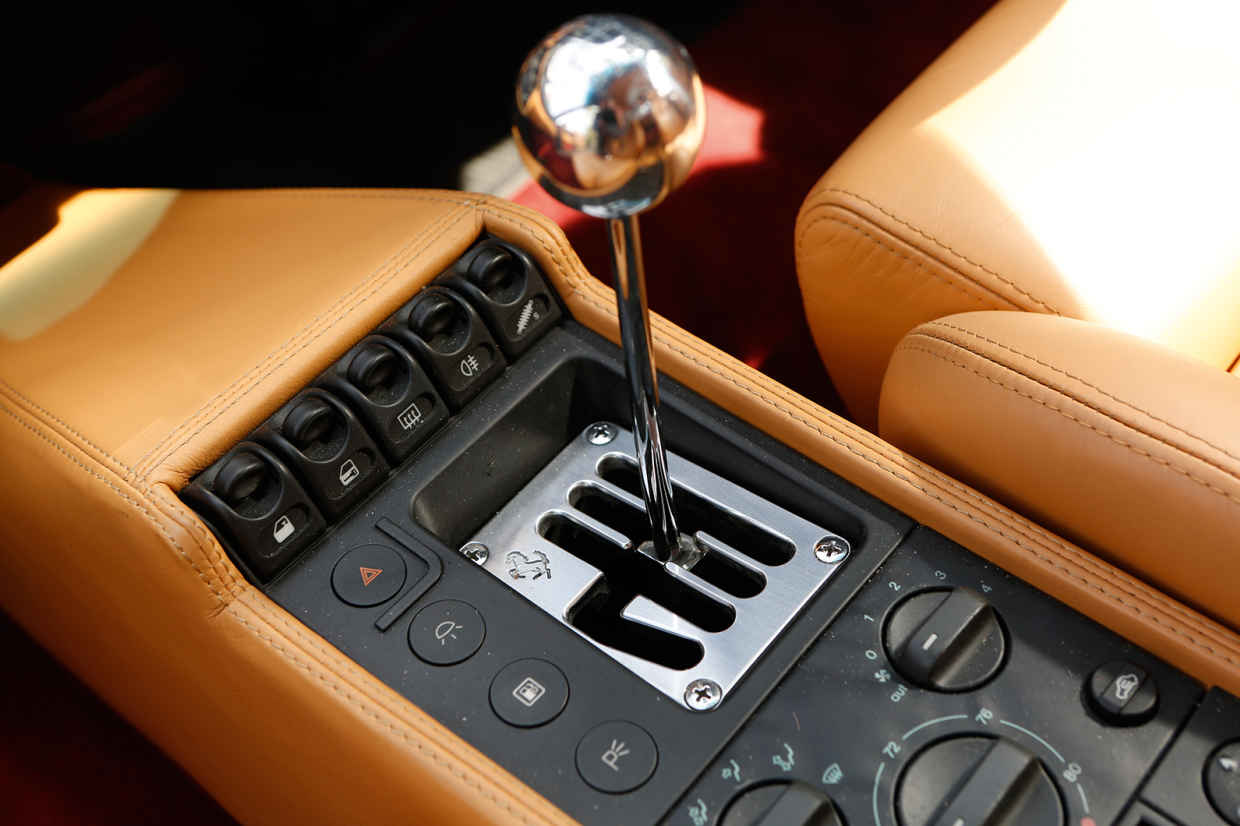
Gearboxes
A rattle from the clutch housing area on switch-off means the flywheel needs a rebuild. Manual 'boxes are otherwise strong, but the F1 clutch especially is easily wrecked.

Interior
Connolly hide and trim (or composite racing seats to order) can be spoilt by plastic panels such as this that go sticky. Specialists have solutions.
Ferrari F355: on the road
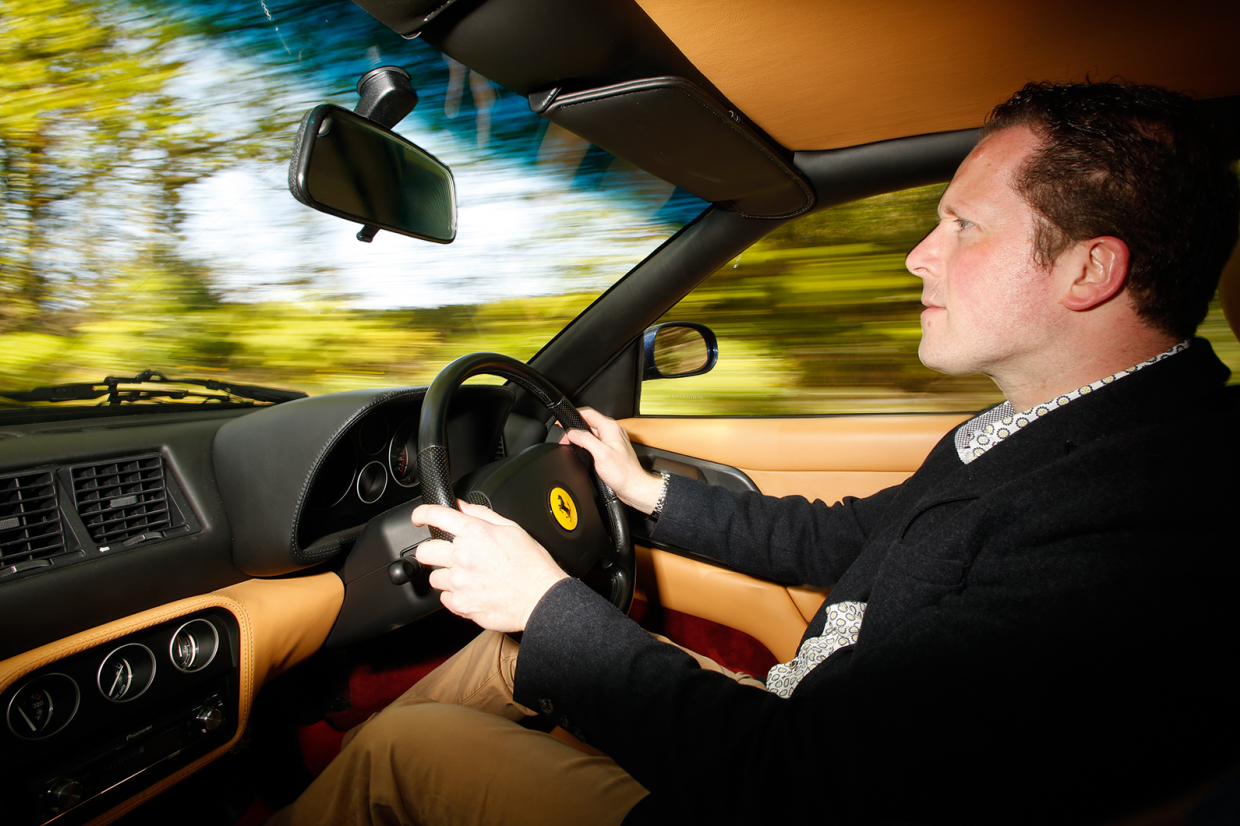
It's reasonable to expect a unit that revs to 8800rpm to need an overhaul by 50,000 miles; after all, it's not that different from race engines that need rebuilding several times a season.
Test compressions: one down may indicate a faulty injector over-fuelling and washing the bore, so you may get away with a new liner, but several down indicates the need for a full rebuild.
If the plugs are oily, chances are that the valve guides are worn – common on pre-'97 cars, especially in the USA, where max power is 5bhp lower due to emissions requirements. Also check that the oil level is up to the mark – worn engines lose a lot and damage from running too low doesn't bear thinking about.
Black exhausts are another sign of high oil consumption and are likely to have clogged the catalytic converters. Conversely, white exhausts indicate cat failure – as do rattles, so tap them. Sports cats cost £1200 a pair.
The V8 should come out every three years for cambelt replacement, so make sure that it's been done.
Alloy-steel hose joints need to be separated and, if they are seized, will add c£600 to the bill. An alternative is to remove the fuel tank and leave the engine in situ, but this needs to be done carefully.
Get underneath when it's running to listen for a rattle. If so, it's a £2500 engine-out job to replace the oil-pump drive tensioner.
The 'box is durable unless raced, but the clutch can be wiped out in 1500 miles by paddle-shift abuse. The F1 actuators can fail and have to be rebuilt by specialists for c£2.5k. Ferrari supplies only complete units at £10k!
The 18in wheels have magnesium rims: check their condition.
Ferrari F355 price guide
- Price range: £55,000-100,000
Ferrari F355 history
1994 Mar: F355 berlinetta and GTS launched
1995: Spider added, also F355 Challenge racer
1997: Motronic 2.7 engine management system (with twin ECUs) replaced by M5.2 (with a single ECU); airbag steering wheel fitted; optional F1 semi-automatic transmission
1998: Final F355 Challenge built
1999 Mar: Serie Fiorano last 104 cars, featuring an enhanced specification
1999: F355 replaced by 360
Also consider
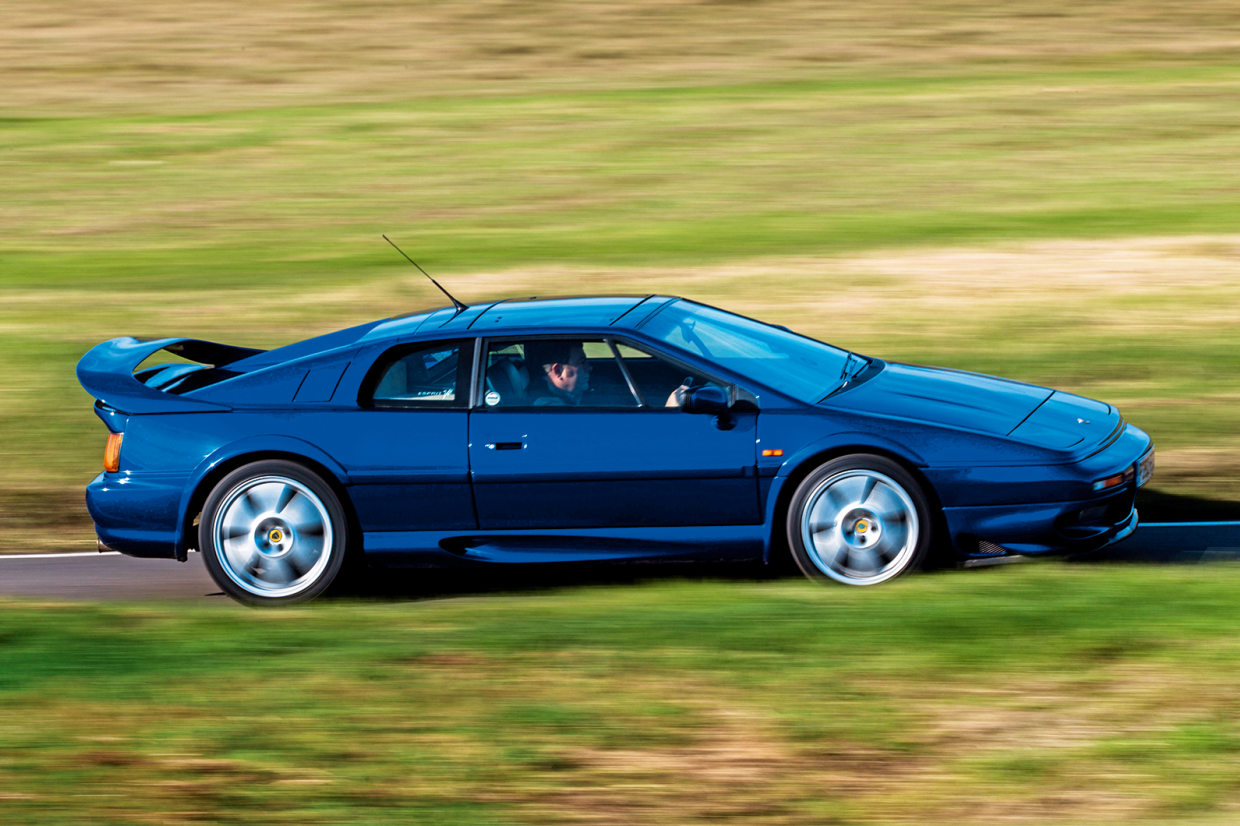
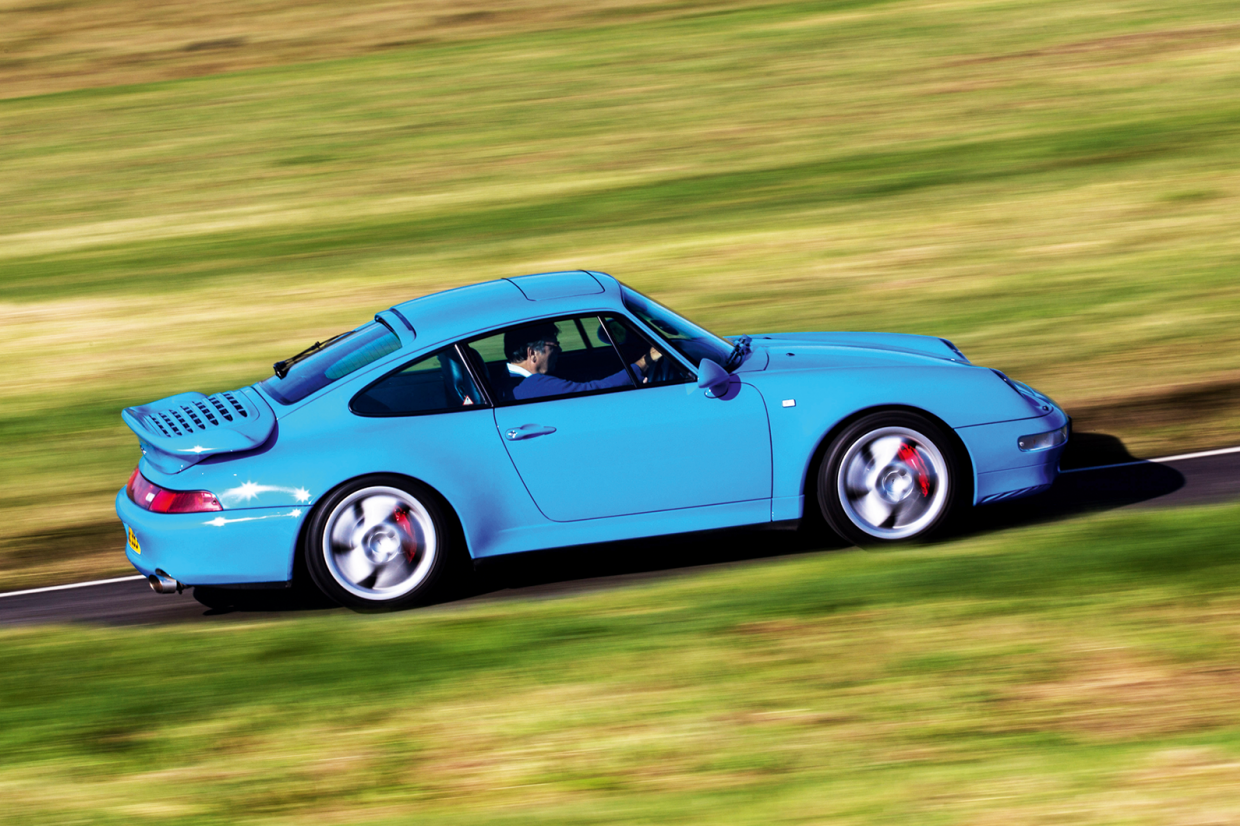
There are possible alternative buys from Lotus (left) and Porsche
LOTUS ESPRIT V8
Detuned to 350bhp to avoid blowing up the gearbox, the twin-turbo V8 gave Ferrari-baiting pace for a bargain price – and still does. Better rot protection than of old but beware overheating.
Sold 1996-'04 • No. built 1483 • Mpg 10-22 • 0-60mph 4.2 secs • Top speed 172mph • Price new £59,995 (1996)
PORSCHE 993 TURBO
For once, the Porsche rocket is rarer than the Ferrari, reflecting the range of brilliant non-turbo 993s. Just 14 turbo cabrios were built. S was added in late '97 (183 made; 33 for the UK).
Sold 1995-'98 • No. built 5978 • Mpg 11-24 • 0-60mph 3.7 secs • Top speed 181-188mph • Price new £97,950 (1996)
Ferrari F355: the Classic & Sports Car verdict
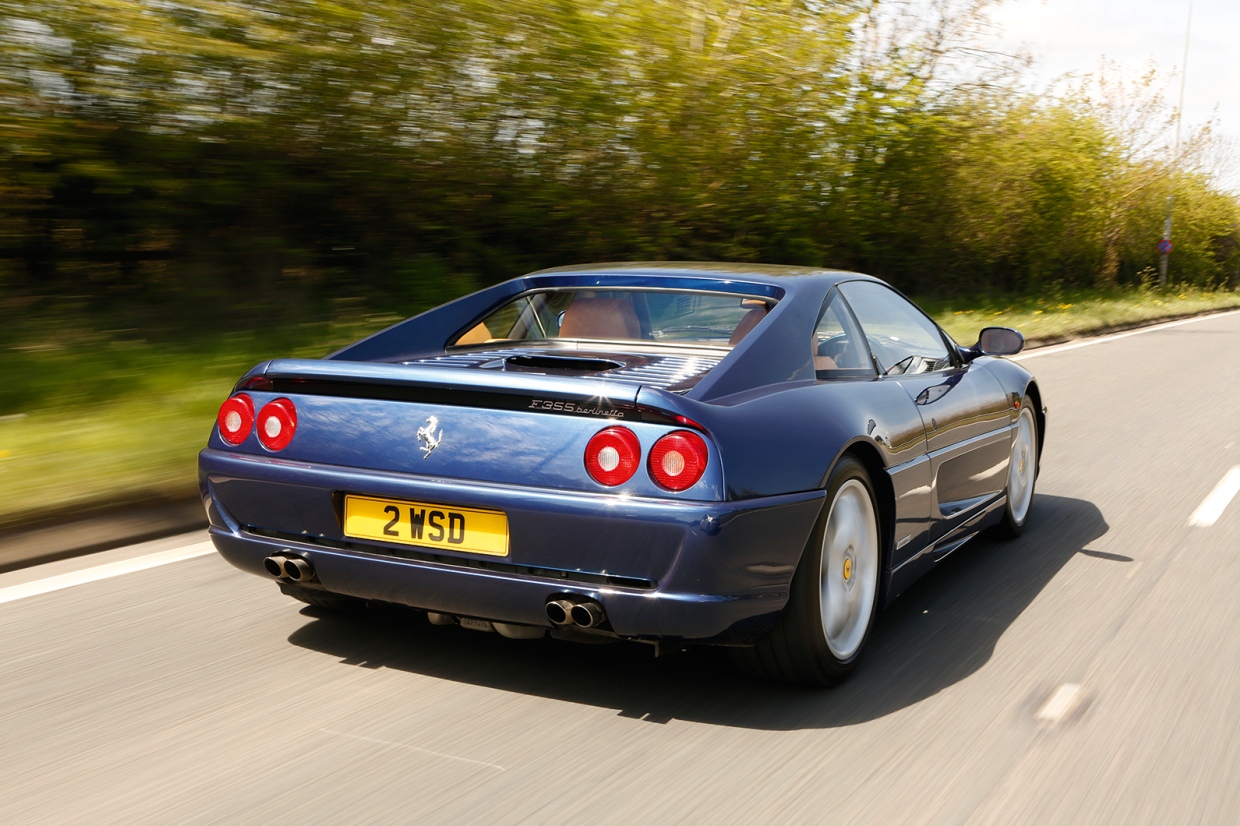
The right Ferrari F355, whatever the body shape or transmission, is a fabulous car to drive and just look at. It will give you enormous pleasure, provided that you spend the money to keep it as it is accustomed.
Buy the wrong one, though, and you will need deep pockets to put it right, but the expertise is out there if you need it (and can afford it).
FOR
- Phenomenal performance
- More tolerant than earlier Ferraris
- V12 performance from a V8
AGAINST
- Costly to own as well as buy
- Needs top-quality maintenance
- Parts are expensive, some fiercely so
Ferrari F355 specifications
- Sold/number built 1994-'99/11,273 (berlinetta: 3829 manual, 1042 F1; GTS: 2048 manual, 529 F1; Challenge: 107 manual inc 18 RHD, 1 F1; Spider: 2664 manual, 1053 F1)
- Construction steel monocoque, with tubular steel rear subframe
- Engine mid-mounted, dry-sump, all-aluminium qohc 40-valve 3496cc V8, with Bosch Motronic 2.7 or 5.2 fuel injection and engine management
- Max power 380bhp @ 8250rpm
- Max torque 268lb ft @ 6000rpm
- Transmission six-speed manual or optional paddle-shift semi-auto, driving rear wheels
- Suspension double wishbones, coil springs, electronic dampers, anti-roll bar f/r
- Steering power-assisted rack and pinion, 3.2 turns lock-to-lock
- Brakes 300/310mm ventilated discs all round, with servo and anti-lock
- Length 13ft 11in (4250mm)
- Width 6ft 4½in (1944mm)
- Height 3ft 10in (1170mm)
- Wheelbase 8ft ½in (2450mm)
- Weight 3128/3174/3275lb (1422/1443/1489kg: berlinetta/GTS/Spider)
- 0-60mph 4.6 secs
- Top speed 173mph
- Mpg 11-25
- Price new £95,509/97,525/101,720 (berlinetta/GTS/Spider, 1996)
READ MORE
All Classic & Sports Car buyer's guides
Starter classics: 14 great cars for a first-timer
28 appreciating classics and what you should pay for them
Malcolm McKay
Malcolm McKay is a regular contributor to Classic & Sports Car
Source: https://www.classicandsportscar.com/features/buyers-guide-ferrari-f355

Tidak ada komentar: